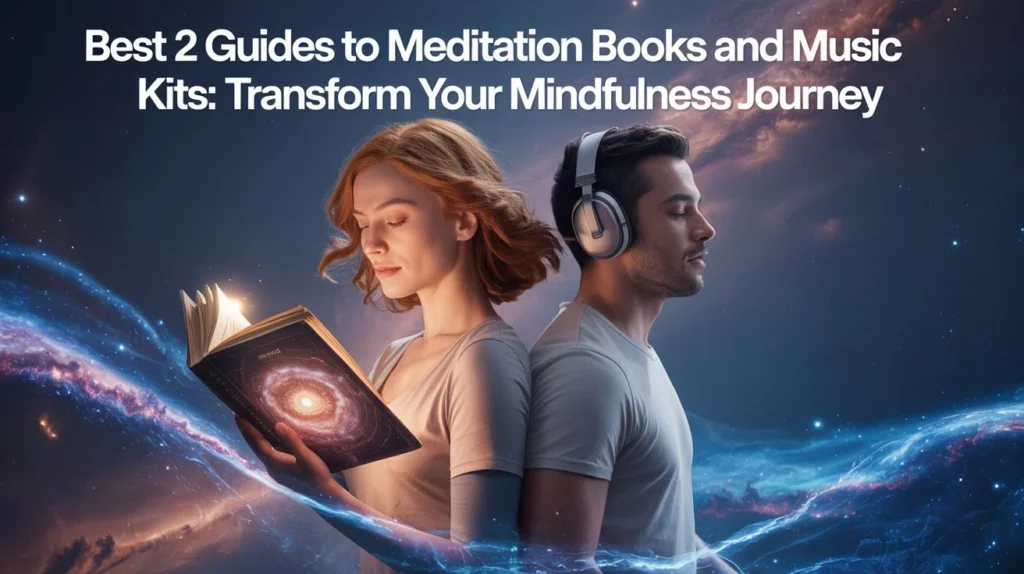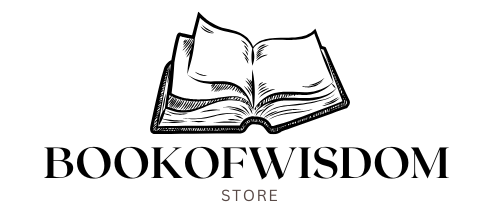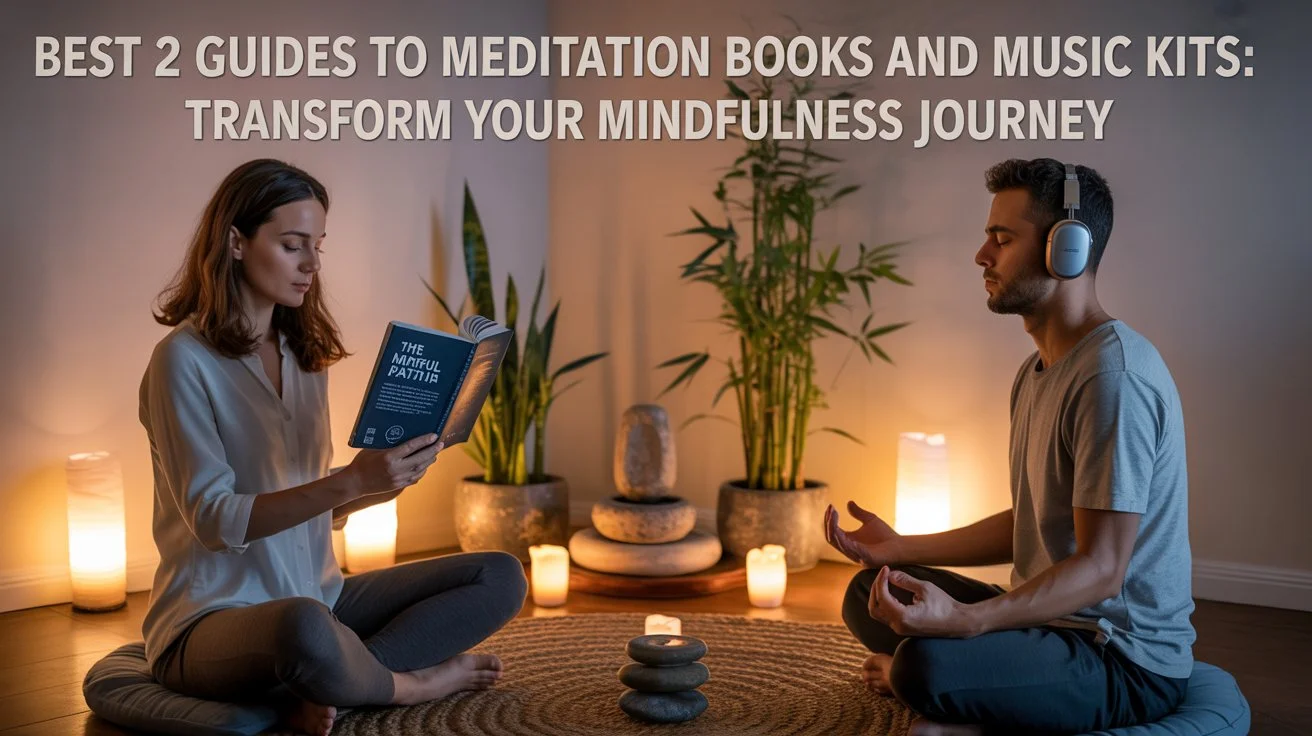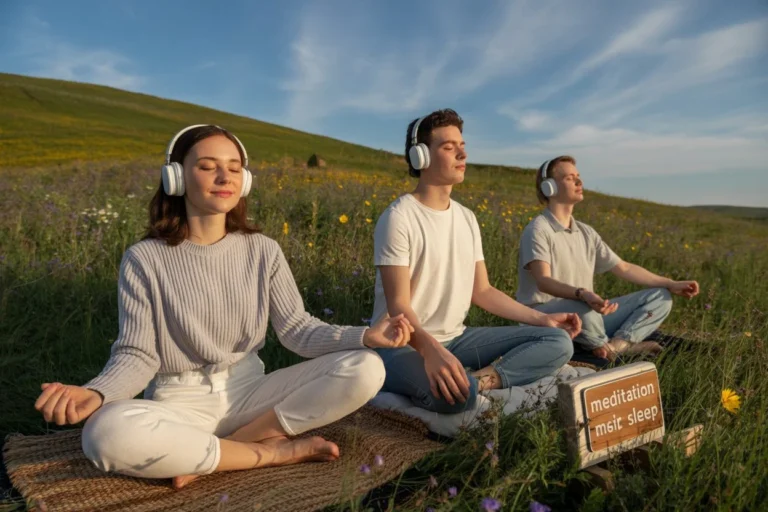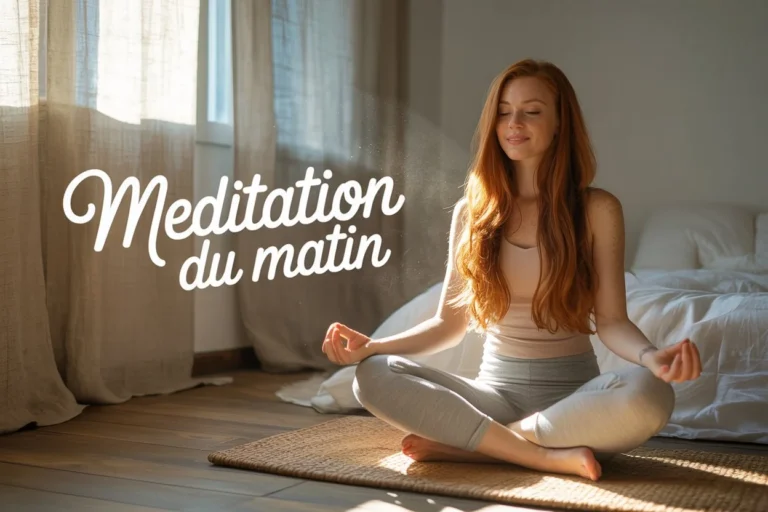Best 2 Guides to Meditation Books and Music Kits: Transform Your Mindfulness Journey
Have you ever wondered why some people seem to effortlessly maintain their meditation practice while others struggle to sit still for even five minutes? The secret often lies not just in willpower, but in having the right tools and guidance at your disposal. In today’s fast-paced world, meditation books and music kits have become essential companions for anyone serious about developing a meaningful mindfulness practice.
Whether you’re a complete beginner taking your first steps into meditation or an experienced practitioner looking to deepen your understanding, the right combination of written wisdom and carefully curated audio can make all the difference. Think of meditation books as your wise teacher and music kits as your supportive environment – together, they create a powerful foundation for transformation.
Table of Contents
Why Meditation Books Matter in Your Practice
Meditation books serve as your personal guide through the often confusing landscape of mindfulness practices. Unlike a meditation app that might offer surface-level instruction, a well-written meditation book provides depth, context, and nuanced understanding that can transform your practice from mechanical repetition into genuine spiritual growth.
These books offer something that digital resources often lack: the ability to dive deep into the philosophy, history, and scientific backing of various meditation techniques. When you hold a physical book in your hands, you’re engaging with centuries of wisdom distilled into accessible language. The act of reading itself becomes a mindful practice, slowing you down and preparing your mind for the meditation sessions that follow.
Moreover, meditation books provide structure and progression that many practitioners desperately need. Instead of jumping randomly between different techniques, a good book will guide you through a logical sequence of practices, building your skills systematically. This structured approach helps prevent the overwhelm that causes many people to abandon their meditation journey altogether.
The Power of Music in Meditation
Music has been intertwined with spiritual practice for thousands of years, and there’s good reason for this ancient connection. The right soundtrack can transport your mind to states of deep relaxation that might take years to achieve through silent meditation alone. But not all music is created equal when it comes to meditation support.
Meditation music works by influencing your brainwave patterns, helping to synchronize your mind with frequencies associated with relaxation, focus, and spiritual awareness. This isn’t just mystical thinking – it’s backed by solid neuroscience. When you listen to carefully composed meditation music, your brain naturally begins to mirror these calming frequencies, making it easier to enter and maintain meditative states.
The beauty of incorporating music into your practice lies in its ability to mask distracting environmental sounds while providing a gentle anchor for your attention. Instead of being pulled away by every car that passes or door that slams, your mind has a consistent, peaceful soundscape to return to whenever it wanders.
Understanding Different Types of Meditation Books
Beginner-Friendly Meditation Guides
Starting your meditation journey can feel overwhelming with countless techniques, schools of thought, and conflicting advice. Beginner-friendly meditation books act as your compass, providing clear, simple instructions without drowning you in complex philosophy or advanced techniques you’re not ready for.
These books typically focus on foundational practices like breath awareness, body scanning, and basic mindfulness techniques. They understand that you need to crawl before you can walk, offering gentle encouragement and practical advice for common challenges like restlessness, doubt, and physical discomfort during sitting practice.
What makes these books particularly valuable is their emphasis on making meditation accessible and sustainable. They don’t promise overnight enlightenment or require you to adopt a completely new lifestyle. Instead, they show you how to integrate simple practices into your existing routine, building confidence and momentum that will serve you well as your practice develops.
Advanced Meditation Books Techniques
Once you’ve established a regular practice and mastered the basics, advanced meditation books open doors to deeper levels of consciousness and more sophisticated techniques. These books assume you already understand fundamental concepts and are ready to explore practices that might have seemed impossible when you first started.
Advanced books often delve into specific traditions like book of wisdom, Vipassana, or Tibetan Buddhism, offering authentic teachings that have been preserved and refined over centuries. They might introduce you to visualization techniques, advanced breathing practices, or methods for working with difficult emotions and mental states.
The key difference with advanced books is their assumption that you’re committed to the path and willing to invest significant time and energy into your practice. They don’t coddle or oversimplify, instead treating you as a serious student ready for genuine transformation.
Scientific Approach to Meditation Books
For those who prefer evidence-based approaches, scientific meditation books offer a perfect blend of ancient wisdom and modern research. These books explore meditation through the lens of neuroscience, psychology, and medical research, providing compelling evidence for practices that were once considered purely spiritual.
Scientific books help bridge the gap between traditional meditation books teachings and contemporary understanding of how the brain works. They explain concepts like neuroplasticity, stress response, and attention training in accessible language, helping you understand exactly why meditation works and what’s happening in your brain during practice.
This approach can be particularly appealing if you’re naturally skeptical or prefer to understand the mechanisms behind practices before fully committing to them. Instead of asking you to accept things on faith, these books provide research-backed explanations that satisfy your rational mind while still honoring the transformative potential of meditation.
Essential Components of a Meditation Music Kit
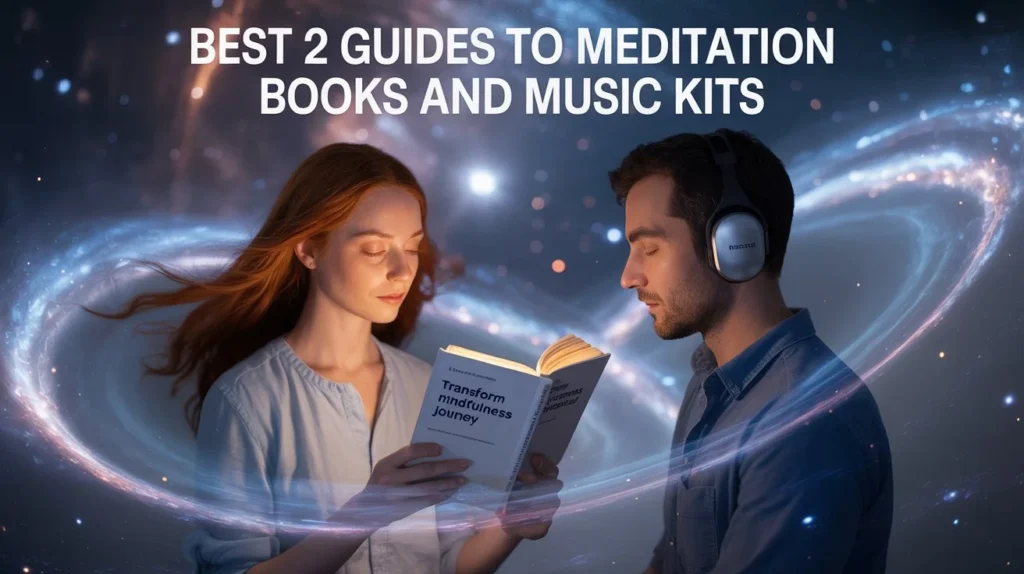
Ambient Soundscapes for Deep Relaxation
Ambient soundscapes form the foundation of any comprehensive meditation music kit. These carefully crafted audio environments use layers of gentle sounds, sustained tones, and subtle harmonies to create an atmosphere conducive to deep relaxation and inner exploration.
Unlike regular music with melodies, rhythms, and lyrics that might capture your attention, ambient soundscapes are designed to fade into the background while still providing a supportive sonic environment. They’re like a soft blanket of sound that wraps around your consciousness, creating a sense of safety and peace that allows your mind to let go more easily.
The best ambient tracks evolve slowly and subtly, preventing your mind from becoming attached to specific patterns while maintaining enough variety to remain interesting throughout longer meditation sessions. This careful balance between stability and gentle change mirrors the ideal state of awareness you’re trying to cultivate in your practice.
Binaural Beats and Brainwave Entrainment
Binaural beats represent one of the most scientifically fascinating aspects of meditation music. By playing slightly different frequencies in each ear, these tracks create a third frequency that exists only in your brain, encouraging your brainwaves to synchronize with specific states of consciousness.
Different binaural beat frequencies correspond to different mental states: alpha waves for relaxed awareness, theta waves for deep meditation and creativity, and delta waves for healing and regenerative states. This technology allows you to “tune” your brain to the optimal frequency for your meditation goals, essentially giving you a shortcut to states that might otherwise take years of practice to achieve.
While binaural beats aren’t magic bullets that replace the need for actual meditation practice, they can serve as powerful training wheels, helping you experience deeper states more quickly and giving you a reference point for what you’re working toward in your silent practice.
Nature Sounds and White Noise Collections
Nature sounds hold a special place in meditation music because they connect us to something primal and deeply relaxing. The sound of rain, ocean waves, flowing streams, or rustling leaves can instantly transport your mind away from urban stress and into a more natural, peaceful state.
These sounds work so well for meditation because they’re both familiar and unpredictable. Your brain recognizes them as safe and natural, allowing your nervous system to relax, while their organic randomness prevents the mental boredom that can arise from more repetitive tracks.
White noise and similar masking sounds serve a different but equally important function, creating an acoustic barrier that helps isolate your meditation space from distracting environmental sounds. This can be particularly valuable if you live in a noisy area or share space with others who might interrupt your practice.
How to Choose the Right Meditation Books for Your Needs
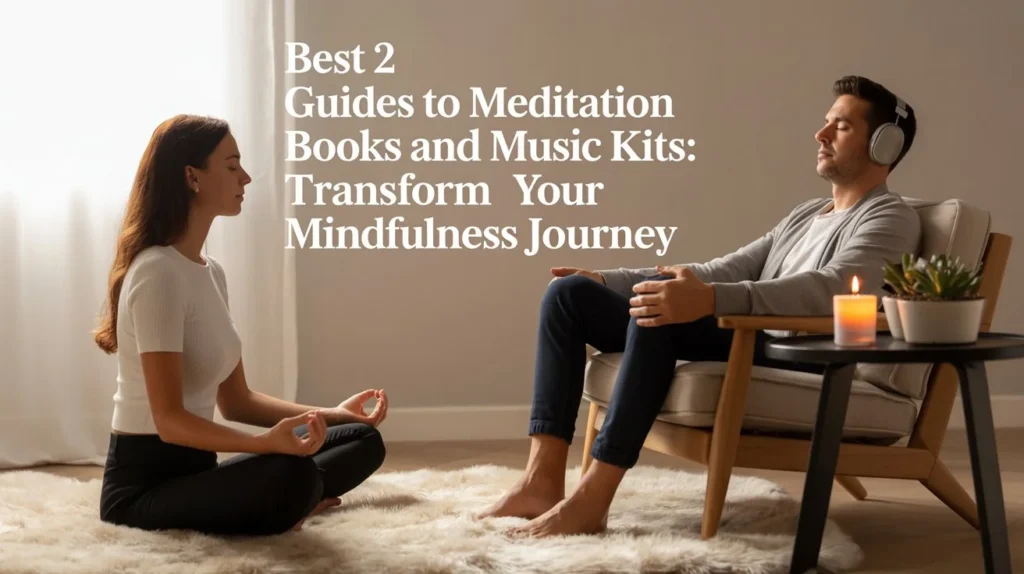
Identifying Your Meditation Goals
Before diving into the vast world of meditation literature, you need to get clear about what you’re hoping to achieve through your practice. Are you primarily interested in stress reduction and relaxation? Do you want to explore spiritual growth and self-discovery? Are you looking to improve focus and productivity? Different goals require different approaches and resources.
Your meditation goals will also evolve over time, so it’s worth revisiting this question periodically as your practice develops. What starts as a simple desire to manage anxiety might blossom into a deeper quest for wisdom and compassion. The books that serve you best will change along with your intentions and understanding.
Consider also whether you’re drawn to secular, scientific approaches or prefer practices rooted in traditional spiritual teachings. Neither approach is inherently better, but knowing your preference will help you choose books that resonate with your worldview and learning style.
Matching Books to Your Experience Level
One of the biggest mistakes new meditators make is jumping into advanced books before they’ve mastered the basics. It’s like trying to read philosophy when you’re still learning to spell – you’ll only end up frustrated and confused. Be honest about your current level and choose books that meet you where you are.
If you’re truly new to meditation, look for Meditation books that start with the absolute fundamentals: how to sit, how to breathe, what to do when your mind wanders. These might seem too simple, but building a solid foundation will serve you much better than struggling with concepts you’re not ready for.
Intermediate practitioners can benefit from Meditation books that introduce new techniques while deepening understanding of practices you’ve already tried. Advanced students might seek out texts that challenge their assumptions and introduce sophisticated methods for working with consciousness itself.
Building Your Personal Meditation Music Library
Curating Tracks for Different Sessions
Just as you wouldn’t wear the same outfit for every occasion, you shouldn’t use the same music for every type of meditation session. Different practices benefit from different types of audio support, and building a diverse collection allows you to match your music to your intentions.
For energizing morning sessions, you might prefer tracks with slightly more rhythm and brightness. Evening sessions might call for deeper, more relaxing soundscapes. Longer retreat-style sessions might benefit from evolving compositions that support extended periods of sitting, while shorter daily practices might work better with simpler, more focused tracks.
Consider creating playlists for different moods and purposes: one for when you’re stressed and need quick relaxation, another for when you’re feeling spacious and want to explore deeper states, and perhaps a third for when you’re dealing with difficult emotions and need supportive, healing sounds.
Creating the Perfect Listening Environment
The quality of your listening environment can make or break your meditation music experience. Poor audio equipment or improper setup can turn even the most beautiful tracks into distracting noise. Investing in decent headphones or speakers isn’t just about sound quality – it’s about creating the optimal conditions for your practice to flourish.
Consider the acoustics of your meditation space as well. Hard surfaces create echoes and reflections that can muddy the music, while too much soft furnishing might deaden the sound completely. You’re looking for a balance that allows the music to bloom naturally without unwanted resonances or dead spots.
Remember that your listening environment extends beyond just the audio equipment. Lighting, temperature, and even the visual elements in your space all contribute to the overall atmosphere that supports or hinders your practice.
The Science Behind Meditation and Audio Enhancement
Modern neuroscience has revealed fascinating insights about how meditation music affects the brain. When you listen to carefully composed meditation tracks, specific areas of your brain associated with relaxation, attention, and emotional regulation become more active, while areas linked to stress and anxiety show decreased activity.
Research using brain imaging technology shows that regular meditation practice literally changes the structure of your brain, increasing gray matter in areas associated with learning, memory, and emotional regulation while reducing it in the amygdala, your brain’s alarm system. Music appears to accelerate these beneficial changes, making your meditation time more efficient and effective.
The synchronization effect of certain types of meditation music also helps coordinate different regions of your brain, leading to states of coherence that feel deeply peaceful and unified. This isn’t just subjective experience – it shows up clearly in EEG readings and other measurable brain activity.
Top Benefits of Combining Books and Music in Practice
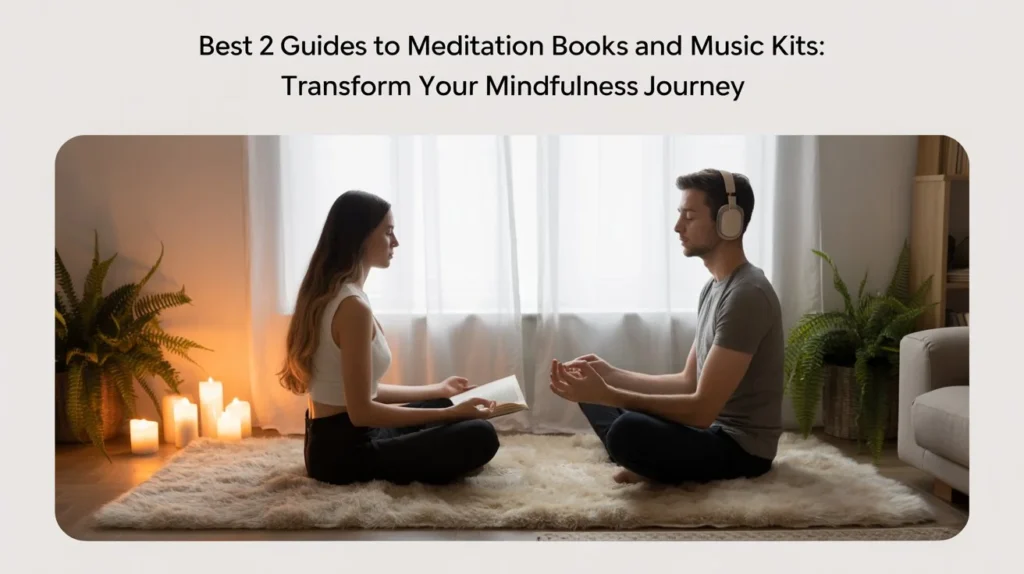
When you combine the wisdom found in meditation books with the supportive power of carefully chosen music, something magical happens. The intellectual understanding gained from reading provides context and direction, while the music creates the optimal conditions for actually experiencing what you’ve learned.
Books help you understand the why behind different techniques, giving you the motivation and confidence to persist through challenges. Music helps you access the how, providing direct support for entering and maintaining the states of consciousness you’re reading about. Together, they create a complete learning system that engages both your rational mind and your intuitive awareness.
This combination also helps prevent common pitfalls like spiritual bypassing (using meditation to avoid dealing with real-world problems) or turning practice into just another intellectual pursuit. The books keep you grounded in practical wisdom, while the music ensures you’re actually experiencing transformation, not just thinking about it.
Common Mistakes When Starting Your Meditation Journey
Many beginners make the mistake of collecting resources without actually using them consistently. They buy multiple meditation books and download countless music tracks but never commit to working with any single approach long enough to see real results. It’s like having a closet full of exercise equipment that never gets used – the tools are there, but transformation requires consistent application.
Another common error is expecting immediate dramatic results. Meditation is more like learning to play an instrument than taking a painkiller – the benefits accumulate gradually over time with regular practice. Having realistic expectations, supported by good books that explain the typical progression of practice, helps you stay motivated during the inevitable periods when progress seems slow.
Many people also make the mistake of being too rigid or too loose with their practice. Some try to follow instructions so perfectly that they create tension and stress, while others are so casual that they never develop any real skill or discipline. The best approach finds a middle way between these extremes, something that good meditation books can help you navigate.
Creating a Daily Meditation Routine with Your Resources
Establishing a sustainable daily practice is where the rubber meets the road in meditation. All the books and music in the world won’t help if you don’t actually sit down regularly and do the work. The key is creating a routine that feels nourishing rather than burdensome, something you look forward to rather than another item on your to-do list.
Start small and be consistent rather than trying to meditate for long periods sporadically. Even five or ten minutes daily will yield more benefits than an hour once a week. Use your meditation books to understand the principles behind consistency, and let your music collection provide variety to keep your practice fresh and engaging.
Consider the rhythm of your day and when you’re most likely to actually follow through with meditation. Morning sessions work well for many people because the mind is clear and there are fewer distractions, but the best time is whatever time you’ll actually use consistently.
Digital vs. Physical Meditation Resources
The debate between digital and physical meditation resources isn’t just about personal preference – it touches on how different formats affect your practice experience. Physical books offer a tactile, unhurried quality that naturally slows down your mind and prepares you for meditation. The act of physically turning pages creates natural pauses that can enhance contemplation and integration.
Digital resources, on the other hand, offer convenience and portability that can support practice in various circumstances. You can carry an entire library on your phone and access guided meditations anywhere. The key is being mindful of how screen time affects your nervous system and finding ways to use digital tools that support rather than agitate your practice.
Many practitioners find that a hybrid approach works best: physical books for deep study and contemplation, digital resources for convenience and variety. The important thing is choosing formats that genuinely support your practice rather than just collecting more stuff.
Budget-Friendly Ways to Build Your Collection
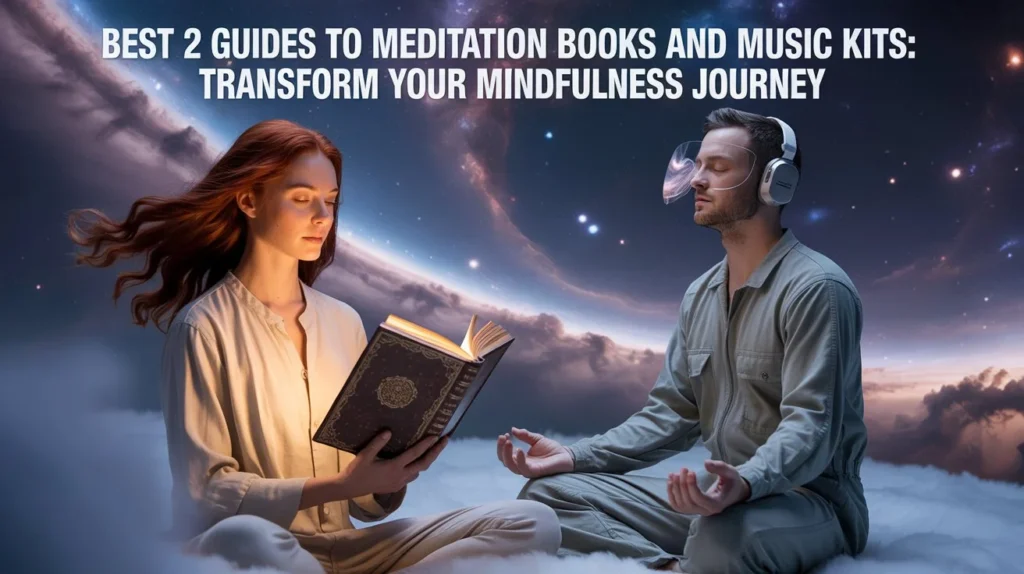
Building a comprehensive meditation resource collection doesn’t have to break the bank. Many classic meditation texts are available as free audiobooks or digital downloads, and libraries often have excellent collections of both physical and digital meditation resources.
Creating your own meditation music can also be surprisingly simple and cost-effective. Basic recording apps allow you to capture nature sounds during walks or travels, building a personal collection that has special meaning for your practice. Free software can help you create simple ambient tracks or combine different sounds into custom meditation soundscapes.
Consider joining meditation communities or book clubs where resources are shared and discussed. Not only does this reduce costs, but the social aspect can provide motivation and support that enhances your individual practice.
Advanced Techniques for Seasoned Practitioners
As your meditation practice matures, you might find yourself drawn to more sophisticated techniques and deeper teachings. Advanced books often introduce practices like dream yoga, subtle energy work, or complex visualization techniques that require a solid foundation in basic mindfulness and concentration.
Advanced meditation music might include longer compositions designed for extended retreat-style sessions, or specialized tracks that support specific practices like chakra work or deity visualization. These resources assume you already have the basic skills and are ready for more challenging territory.
The key with advanced techniques is patience and humility. Even experienced meditators need time to integrate new approaches, and it’s important not to abandon the simple practices that got you this far in favor of more exotic techniques.
Community and Support in Your Meditation Practice
While meditation is often seen as a solitary practice, having community support can make a tremendous difference in your journey. Books about meditation communities and sanghas can help you understand the value of practicing with others, while certain types of meditation music are specifically designed for group sessions.
Online communities centered around specific books or teachers can provide ongoing discussion and support as you work through various practices. These communities often share resources, offer encouragement during difficult periods, and celebrate breakthroughs together.
Consider also how your personal collection of books and music can become a way to support others on the path. Lending resources, creating playlists for friends, or discussing insights from your reading all help build the kind of supportive community that sustains long-term practice.
Conclusion
Embarking on a meditation journey supported by carefully chosen Meditation books and music is like having wise guides and supportive friends accompanying you every step of the way. The right combination of written wisdom and audio support can transform what might otherwise be a frustrating struggle into an enjoyable exploration of consciousness and well-being.
Remember that the most expensive resources aren’t necessarily the best ones for your unique needs and circumstances. The key is finding books that speak to your mind and music that resonates with your heart, then committing to working with them consistently over time. Your meditation practice is a relationship that deepens with attention and care, and the resources you choose should support this long-term commitment rather than offering quick fixes or superficial solutions.
Whether you’re taking your first tentative steps into mindfulness or deepening an established practice, the combination of quality meditation books and thoughtfully curated music can accelerate your progress and enrich your experience immeasurably. The investment you make in these resources is truly an investment in your own well-being, clarity, and inner peace.
Meditation Book Frequently Asked Question
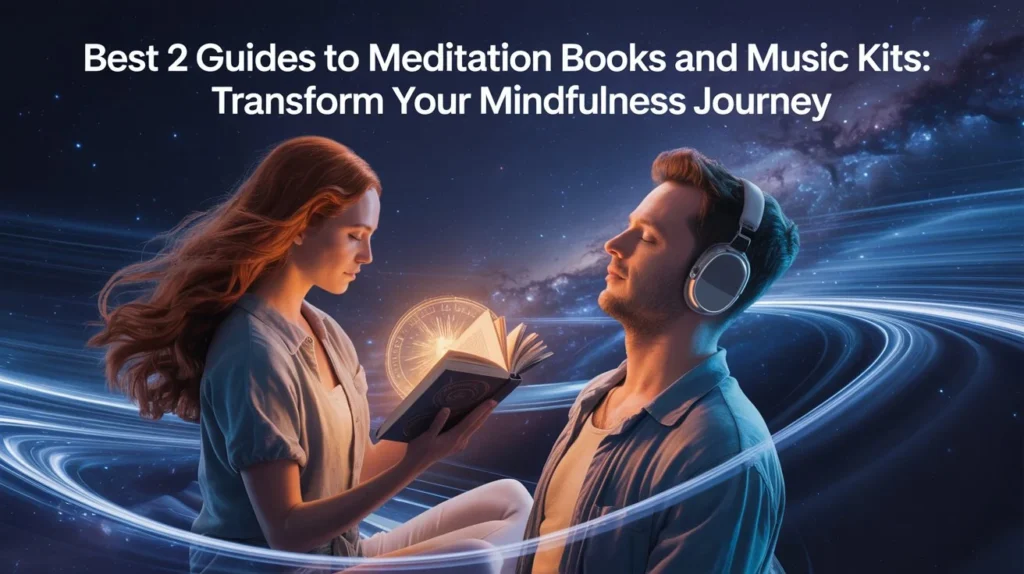
How many meditation books should I read as a beginner?
As a beginner, it’s better to work deeply with one or two high-quality books rather than jumping between multiple resources. Choose one foundational meditation book that resonates with you and work through it completely, practicing the techniques consistently. Only add new books once you’ve integrated the initial teachings into your daily practice.
Can meditation music replace silent meditation practice?
While meditation music is a powerful support tool, it shouldn’t completely replace silent practice. Music can help you access deeper states more easily and provide comfort during challenging sessions, but learning to meditate in silence builds important skills like working with distractions and developing inner stability that music-supported sessions alone cannot provide.
What’s the ideal length for meditation music tracks?
The ideal length depends on your practice session duration. For daily practice, tracks between 10-30 minutes work well. For longer sessions or retreats, you might prefer tracks of 45-60 minutes or even longer. Many practitioners appreciate tracks that fade out gradually rather than ending abruptly, allowing for natural transition out of meditation.
How do I know if meditation books are authentic and reliable?
Look for meditation books written by authors with established teaching credentials, lineage connections, or recognized expertise in contemplative practices. Check reviews from other practitioners, and be wary of meditation books that promise unrealistic results or oversimplify complex practices. Meditation Books that reference traditional sources and scientific research tend to be more reliable than those based solely on personal opinion.
Should I use headphones or speakers for meditation music?
Both have advantages. Headphones create an intimate, immersive experience and are essential for binaural beats, but some people find them physically uncomfortable during longer sessions. Speakers allow for more natural sound and easier position changes but may not be practical if others are nearby. Experiment with both to see what supports your practice best, and consider having options for different situations.
